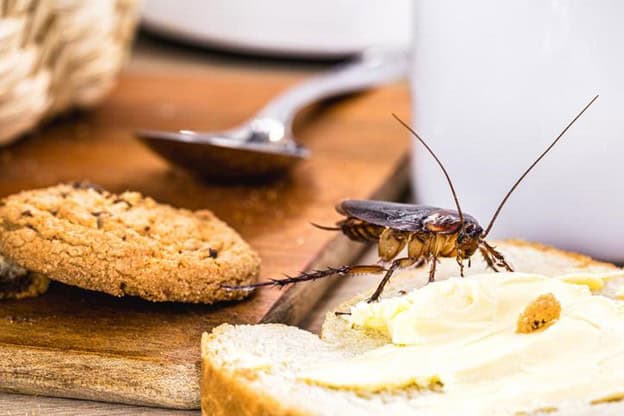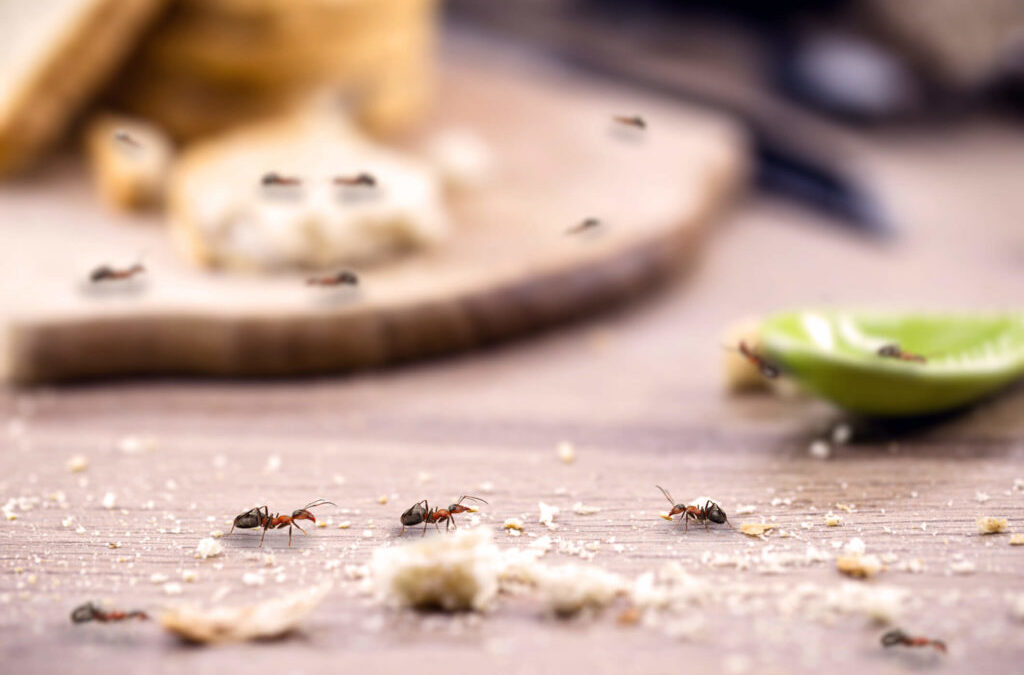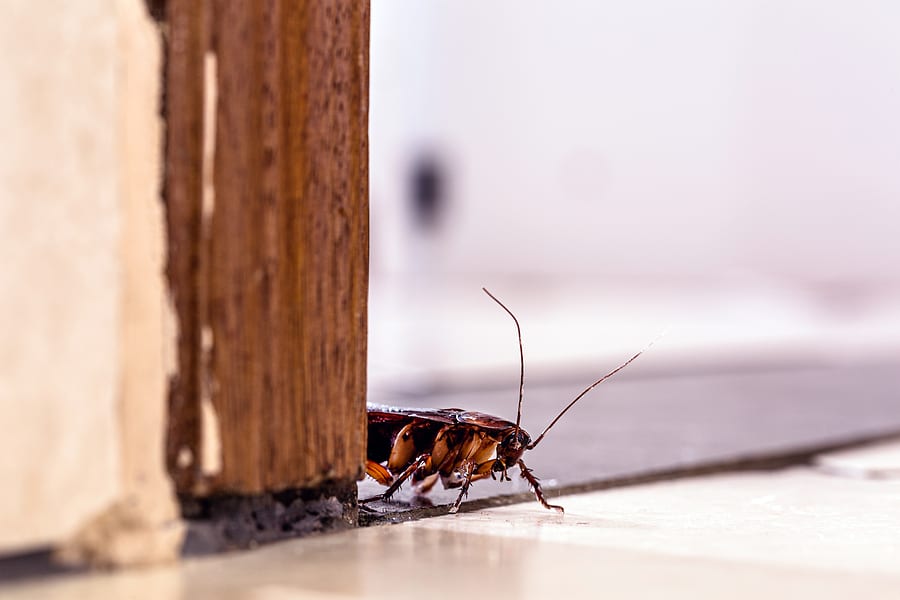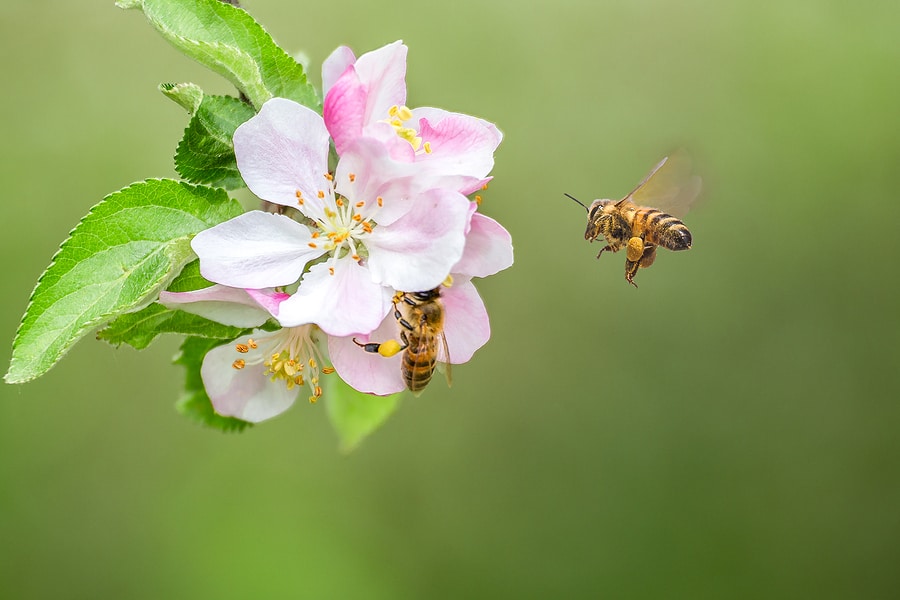READY TO GET STARTED?
REQUEST A FREE ESTIMATE
Fill out the form below or call (336) 226-1448 for a free, no-obligation estimate.

The holiday season is a time for joy, celebration, and relaxation. However, nothing can disrupt the comfort of your festive gatherings like an unexpected invasion of pests. Whether it’s rodents searching for warmth or ants sneaking in for a taste of your holiday treats, keeping your home pest-free should be a top priority. In this comprehensive guide, we’ll explore common holiday pests, provide practical prevention tips, and offer advice tailored to health-conscious individuals. By the end, you’ll be equipped to ensure that your home remains a sanctuary throughout the holidays and beyond.
During the colder months, several pests may seek refuge in your home, drawn by warmth and the promise of food. Here are some typical culprits:
Understanding these pests’ habits is the first step in protecting your home against them.
To maintain a pest-free home, proactive measures are essential. Here’s how to defend your space against unwanted visitors:
If you’re concerned about the environmental impact of pest control methods, consider the following eco-friendly options:
Once the festivities are over, take the time to conduct a thorough inspection of your home. Look for signs of pest activity, such as droppings, nests, or damaged items. Regular maintenance throughout the year can help prevent future infestations:
A pest-free home is crucial for a stress-free and enjoyable holiday season. By understanding common holiday pests, implementing prevention measures, and considering eco-friendly options, you can protect your home and loved ones. By following the tips outlined in this guide, you’ll create a comfortable and inviting environment, allowing you to focus on what truly matters—making cherished memories with family and friends. If you need extra protection this holiday season, reach out to your local pest control company for a free estimate and recommendations on treatment and prevention options.

A home should be a safe haven—a place where we relax and feel secure. However, lurking within countless households are uninvited guests that pose significant risks to our well-being. Beyond being mere nuisances, common household pests can have far-reaching effects on human health. Understanding these dangers is crucial for homeowners, property managers, and health enthusiasts alike.
Rodents such as rats and mice not only cause structural damage but also carry diseases like hantavirus, salmonella, and leptospirosis. These pests can contaminate food and water sources, leading to outbreaks of illness, especially in urban settings.
Cockroaches, ants, and mosquitoes are among the many insects that infiltrate homes. Cockroaches can trigger asthma and allergies, while mosquitoes are infamous for spreading diseases such as West Nile virus and malaria. Ants, though less dangerous, can contaminate food and surfaces, leading to digestive issues.
Bed bugs and fleas, although tiny, pack a punch when it comes to health implications. Bed bugs can cause itchy welts and allergic reactions, while fleas are vectors for diseases like typhus and can transmit tapeworms to pets and humans alike.
When pests bite or sting, they can introduce toxins into the body, causing immediate reactions. Painful bites or stings can result in swelling, redness, and, in severe cases, anaphylaxis, a potentially life-threatening reaction.
Pests are notorious for contaminating food and water with their droppings, urine, and saliva. This contamination can lead to foodborne illnesses and gastrointestinal problems. Additionally, pests can trigger allergic reactions and exacerbate respiratory conditions through allergenic proteins found in their bodies and waste.
Maintaining a pest-free home is essential for health and peace of mind. Here are some strategies to help keep pests at bay:
Maintaining a healthy home environment requires awareness and action. By understanding the hidden dangers posed by common pests, we can take proactive steps to protect our homes and health. Vigilance in cleanliness, timely maintenance, and seeking professional pest control services are crucial. Let’s commit to creating a safer living space for ourselves and our loved ones. Stay informed, stay safe, and remember that a pest-free home is a healthy home.

During the wintertime, many homeowners worry less about pests that are common during the spring and summer months. Contrary to popular belief, some pests don’t just die off when it’s cold outside. Instead, they use their survival instincts to get through the winter. Below is a list of 4 common winter pests and what you can do to prevent them when warmer weather arrives.
Ants
Seeing ants inside of your home is typically uncommon during the winter months. However, they are still around. They are great at overwintering and preparing for the cold. Ants prepare for the colder weather in the fall where they indulge in lots of food. This preparation helps them put on fat so they can survive without eating for weeks at a time. When winter finally arrives, their body temperature and activity will decrease. Then, they will seal up their colonies that they build deep in the soil or under rocks. This is where they will stay until springtime arrives.
Bed Bugs
Bed bugs are active all year-round. This means that they will invade your home whether it’s warm or cold outside. They are resilient pests and can survive temperatures from nearly freezing to 122 degrees Fahrenheit. This makes them an extremely difficult pest to get rid of. Common signs of bed bugs can include rusty, reddish-brown stains on bed sheets or mattresses, bites on exposed skin when sleeping, and eggs or egg casings.
After coming home from traveling, make sure you unpack your clothes and put them directly into your washing machine to clean. Always inspect your luggage for bed bugs and use a vacuum to clean it before storing it away.
Cockroaches
Most cockroaches can survive year-round if they have access to a warm and moist environment. Unfortunately, this means that your home is the perfect place for these pests to inhabit. German cockroaches are the one species that are known to survive harsh weather conditions. When the cold hits, they are great at sneaking indoors through small gaps and holes.
Cockroaches prefer to live in humid habitats such as kitchens, bathrooms, and basements. To ensure they don’t infest your home, make sure to clean up any spills or food crumbs, vacuum often, and use weather stripping to seal doorways.
To help prevent these overwintering pests from invading your home once spring and summer hit, consider contacting your local pest control company. A trained professional can provide you with an inspection, prevention, and treatment plan.

Regardless of the season, pests are always in search of shelter and food. One place that provides them with both of these is your home. Different seasons bring different pests in varying stages of their life cycles. It’s important to know the patterns for these seasonal pests in your area to make the proper preparations for your home. What can you expect as each season changes throughout the year?
Winter
For most pests, winter is a time of hibernation and survival. The colder weather triggers a need for overwintering pests to find shelter. Some will seek this out indoors, while others will look for it outdoors. Bees, wasps, and other stinging insects search for shelter in logs or in the eaves of your home. Ants will seek shelter in their nesting sites. Overwintering pests like roaches and spiders will seek shelter indoors, sometimes in our homes. They key to prevention of winter pests is to prepare your home in the fall.
Spring
Spring is a time of awakening and mating for many pests. As the weather starts to get warm, pests will emerge from their winter shelters and increase their activity. Pests that hibernate during the winter will awaken from their dormant states. The spring rains will drive ants from their nesting sites in search of higher ground; plus it marks the beginning of swarming season for termites. Most pests will move outdoors in the spring in search of mates.
Summer
Summer brings the height of backyard pests, which are what tend to put a damper on our outdoor fun. While we usually see fewer pests inside our home during the summer, we do tend to see a larger number of pests in our yards and other outdoor areas. Mosquito season peaks in the summer months as the moisture from spring and summer rains drives mosquitoes to breed. Bees, wasps, and other stinging insects are also more active in the summer.
Fall
Fall is a time of preparation for most pests as they need to get ready for the harsh winter months. Common fall pests include ladybugs, box elders, and spiders. These pests will often invade your home at this time of the year in search of shelter for the coming months. Fall is a good time to prepare your home for overwintering pests, such as roaches and rodents.
Regardless of the season, there are steps you can take to protect your home from pests year-round:
If you already have a pest problem or these steps aren’t working for you, call your local pest control company. They can come and give your home a thorough inspection and help you with a treatment and prevention plan.